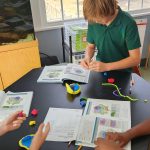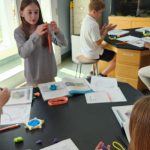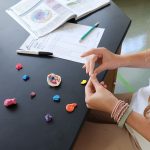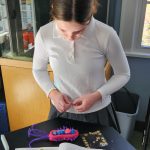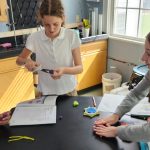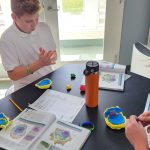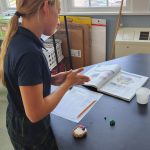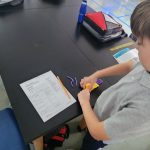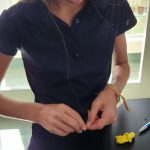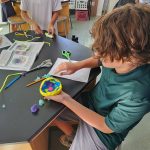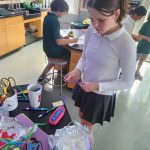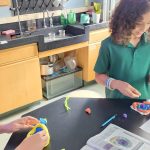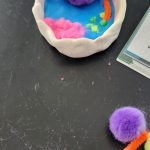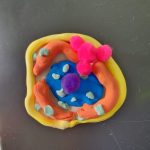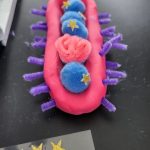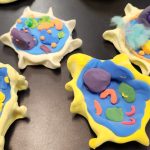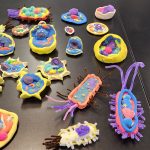Building Blocks of Life (Cell Models)
Posted by Joshua Bartosiewicz- Making a 3-D animal cell model!
- Making a 3-D prokaryote cell model!
- A tiny 3-D model.
- Working on a single celled organism.
- Checking their model with an illustration in the book.
- Making cell Models!
- Creating cell models from clay!
- A finished 3-D cell model masterpiece.
- Making it an accurate model!
- Adding fine details.
- A plant cell.
- An animal cell.
- A single celled (unicellular organism) referred to as a prokaryote.
- Class models!
- Class models!
In order for the 7th grade to gain a better understanding of the world around them we first took a look into the microscopic world of cells! Our young scholars started by learning about the different types; either they can be eukaryotic, like animal cells or plant cells, or they can be prokaryotic, like a paramecium. After the students learned about these two main categories of cells, they then began to learn about all of their cell parts which we refer to as organelles. A few examples of organelles include; a nucleus, a mitochondria, endoplasmic reticulum and more! Not only did our students learn what these organelles look like but they learned what their roles are within the cells and how they help the organism function on a daily basis. Once students started to have a better understanding of cells and their parts, they were able to construct their very own cell models! Students were able to choose between an animal cell, a plant cell or a prokaryotic cell. In the end, students had a blast making these models and they definitely have a more in-depth understanding of how all living this are made of cells and how important they are for life!
← Levels of Organization in Organisms Unquowa Election Day - "Green Menu" or the "White Menu"? →













